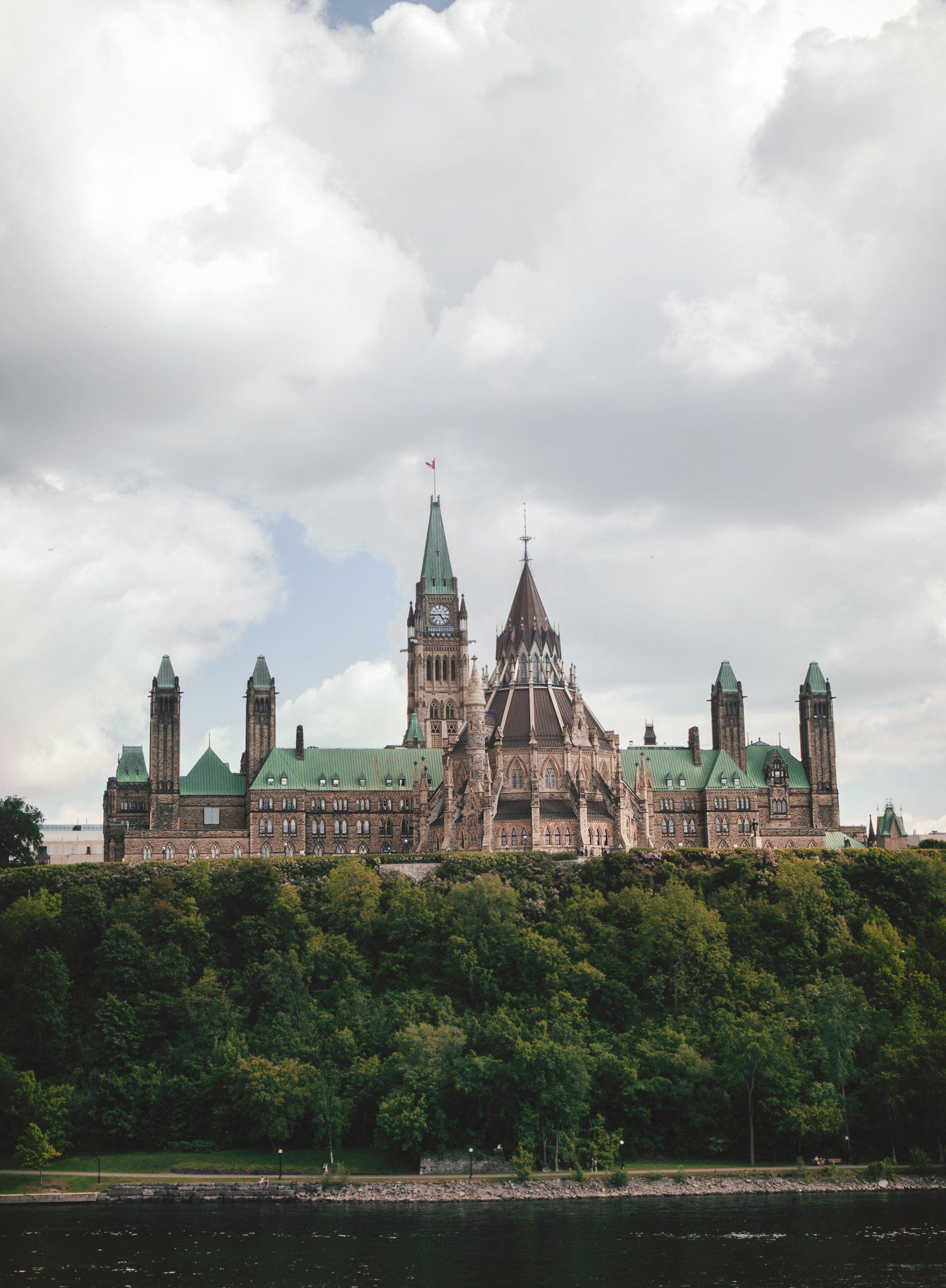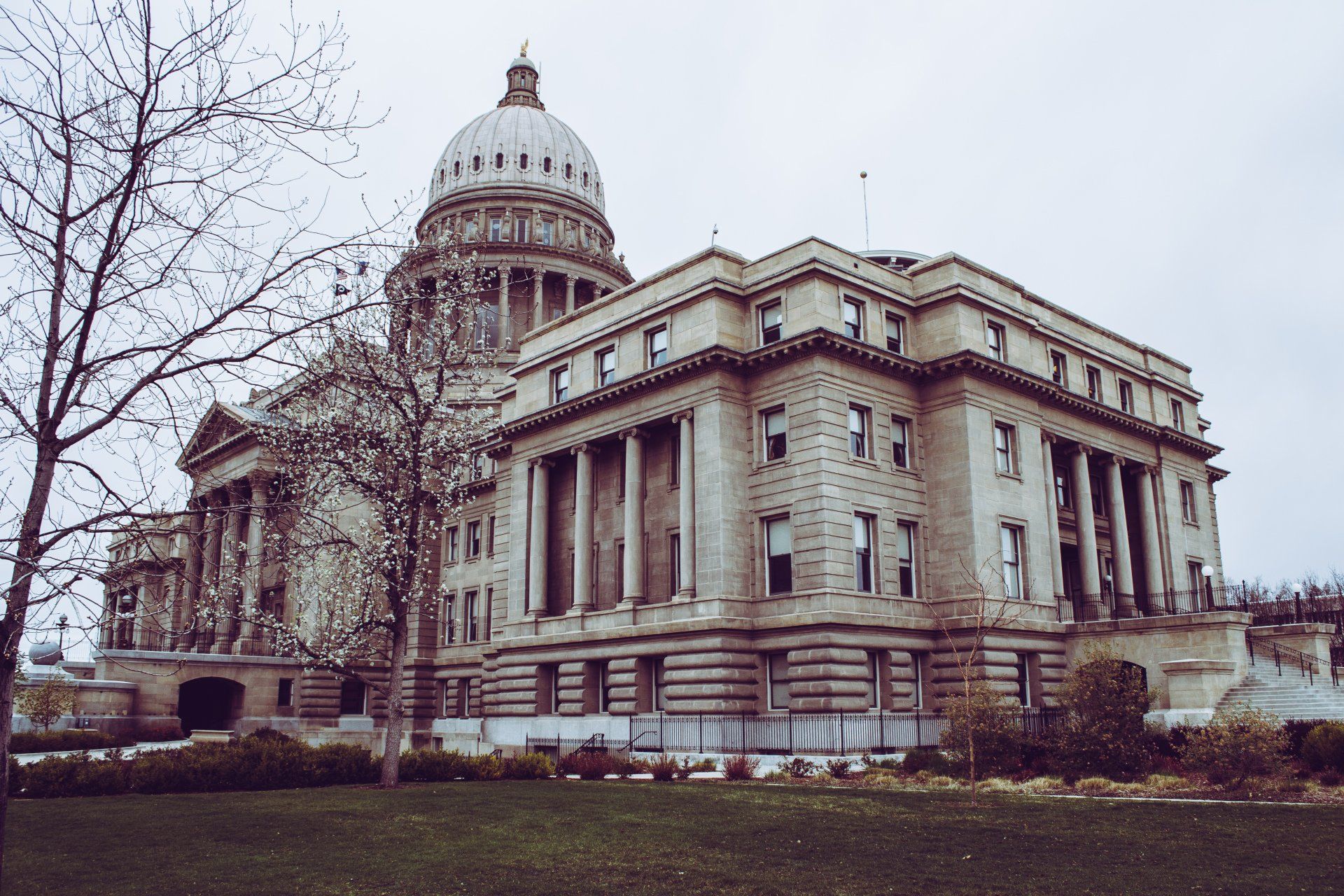Dairy vs Non-Dairy
The Pros and Cons of Plant-Based Milk Alternatives
Milk and milk products have long been an important dietary staple, especially in Europe, North America, and other Western countries. Typically sourced from cows, goats, buffalos, or ewes, among other animals, dairy milk provides critical vitamins and minerals and is used in products ranging from creams and cheeses to candies, salad dressings, and deli meats.
However, dairy’s dominance of the milk market may be starting to wane. As consumers look for more sustainable products, many are turning to plant-based alternatives to reduce or completely replace their consumption of dairy milk.
Made by grinding beans, nuts, or other plants such as almonds, soy, oats, cashews, and rice, plant-based milk alternatives offer consumers similar taste, texture, and nutritional value as dairy milk. While the end product varies depending on the plants and other ingredients used, the demand for plant-based milk is steadily growing.
This article will examine the pros and cons of these plant-based milk alternatives against traditional dairy milk while highlighting some of the differences between different types of milk and milk products.
The Global Market for Milk and Plant-Based Milk Alternatives
While the market for plant-based milk is growing rapidly, it still trails the massive market for traditional dairy milk. In 2020, the global dairy products market was valued at over $468 billion, with continued growth expected to increase the total to $642 billion by 2030.
Asia-Pacific, with its large population, growing middle class, and increasing levels of urbanization, leads the way as the world’s largest market for milk. In the US, on the other hand, demand for milk decreased before remaining fairly flat. The category fell 15 percent between 2012 and 2017, before growing only 0.4 percent per year from 2017 to 2022.
In comparison, the market for plant-based milk alternatives was valued at $13.2 billion in 2020, with the global market expected to grow to $55.4 billion by 2031. Once again, Asia-Pacific is leading the way, accounting for 45 percent of the global market. Specifically, China is among the most prominent markets for milk alternatives in the world.
Advantages of Plant-Based Milk Alternatives
Lower Greenhouse Gas Emissions Than Dairy Milk
According to the UN Food and Agriculture Organization, the dairy industry’s carbon emissions made up 3.4 percent of the world’s total emissions. As we recently highlighted in an article comparing meat vs. meat alternatives, livestock, and especially cows, emit high levels of methane, carbon dioxide, and other greenhouse gases (GHGs). This problem is made worse as forests and other valuable natural landscapes are cleared to make room for animal farming and grazing.
While the impact of each alternative depends on the ingredients used, across the board, plant-based milk alternatives lead to fewer GHG emissions than traditional dairy. For example, one report found that a 200 ml glass of dairy milk emits 0.63 kg of GHGs, compared to 0.2 kg for soy, 0.18 kg for oat, and only 0.14 kg for almond.
Per glass, cow’s milk releases more than three times as much GHG emissions than plant-based alternatives.
Reduced Land and Water Usage
GHGs are only one part of the environmental equation when it comes to comparing different types of milk. Land and water use, as well as the pollution caused by the release of excess nutrients into water supplies, must also be considered to gain a complete understanding of how they stack up.
Here, too, plant-based milks come out ahead of dairy. Easily the most significant advantage of non-dairy milks is that they require far less land to produce. For example, a single litre of dairy milk requires 8.95m2 of land, while oat, soy, and almond only require 0.76m2, 0.66m2, and 0.5m2 respectively.
Soybean crops are often associated with deforestation and land clearing, especially in places like Brazil. However, the vast majority of the world’s soy, more than 77 percent, goes toward animal feed, while only 2.1 percent is used in the production of soy milk.
When it comes to freshwater usage, plant-based milks still have an advantage. On average, non-dairy milk uses two to twenty times less fresh water than dairy milk. As we’ll show, water usage is one of the areas where the type of plant-based milk you choose makes a significant difference.
Suitable for People With Health and Dietary Restrictions
Many people choose non-dairy milk for reasons beyond the environmental impact. Health concerns are among the most common, as many people are unable to process the lactose present in dairy milk. It is estimated that 68 percent of the world’s population has some form of lactose malabsorption, which can lead to intolerance. While people from Northern Europe are more likely to be able to absorb and process lactose, many people from Africa and Asia can not.
Of course, some people are unable to consume plant-based milk, as soy, almond, and cashews are all common allergens.
Beyond health reasons, many people may not consume dairy or animal products based on ethical concerns about the well-being of animals, religious or cultural reasons, or other dietary restrictions.
Disadvantages of Plant-Based Milk Alternatives
Not All Alternatives Have Equal Environmental Impacts
As noted above, plant-based milks are better for the environment than dairy milks. However, which one is best depends on what is important to you, as each impact the environment differently depending on how they are produced.
The differences are most pronounced in terms of freshwater usage. A litre of cow’s milk requires an incredible 628.2 litres of fresh water to produce, taking into account water usage across the entire supply chain. Rice milk, by comparison, requires 269.8L, while the biggest savings come from oat and soy, which only need 48.2L and 27.8L respectively.
Among plant-based milks, almond milk requires the most water, with a litre of almond milk needing 371.5L to produce. With roughly 80 percent of the world’s almonds grown in California, a region prone to long droughts and currently experiencing shortages of fresh water, this is a significant concern.
Looking at other environmental indicators, oat milk requires more than twice as much land as rice milk, while rice milk releases more than four times as many nutrients into surrounding ecosystems. The excess release of nutrients is a damaging process known as eutrophication, which can destroy freshwater habitats and cause algal blooms that choke off other forms of life.
Nutritional Differences
Dairy milk is an excellent source of protein, calcium, vitamins, and minerals. Not only that, but it is also fairly energy-dense and is a widely available food source for most people. Plant-based alternatives, however, lack some of these nutritional benefits, especially certain nutrients like potassium, protein, and vitamin D.
Most plant-based alternatives are fortified to make up for these deficiencies, but they often don’t provide everything that milk does. For example, a glass of dairy milk contains 8g of protein. Almond milk contains only 2g, while rice and coconut milk contain 0g. Rice milk, on the other hand, contains a surprising 22g of carbs, compared to only 12g for dairy and 1g for almond.
In most cases, other sources of food more than makeup for these differences. However, people who rely heavily on milk for their dietary needs, such as those living in developing countries, may not be able to source enough vitamins and nutrients without dairy milk. Similarly, infants and toddlers may not get all the nutrition they need from plant-based milks.
Consumer Preference and Suitability to Other Products
So far, we’ve mostly compared dairy and plant-based milks. But milk is used across a wide range of products, and not all of these are equally suited to plant-based alternatives. Consumer preferences and taste will play a big part in whether plant-based alternatives can make a significant dent in the global dairy market.
In one 2018 survey by Cargill (a company with significant interests in dairy production), 55 percent of participants said taste was their top priority when buying dairy products. When looking at specific products, non-dairy cheese still lags behind other products when it comes to consumer preferences. One survey found that nearly three in four consumers always opt for the dairy version of cheese, compared to 68 percent who choose the dairy version of butter and 66 percent who prefer dairy ice cream.
Age is also an important factor when comparing consumer preferences. The same survey found that 80 percent of adults over the age of 55 consume dairy products multiple times per week, compared to just 67 percent of those aged 18-34.
The Future of Plant-Based Milk Alternatives
While still small compared to the global dairy market, plant-based milk alternatives are growing in popularity, availability, and market share. Continuous innovation is resulting in new products, improved quality and taste, and a wide range of choices for customers looking to reduce or replace their dairy intake.
With significant environmental advantages, plant-based milk alternatives are an attractive choice for those looking to reduce their environmental impact or who have health or dietary restrictions that prevent them from consuming dairy.
Though the advantages vary depending on the ingredients and there are some differences in nutrition, taste, and consumer preferences, it is likely that plant-based milk alternatives will continue to fill an important part of the global milk market for years to come.


